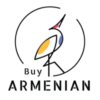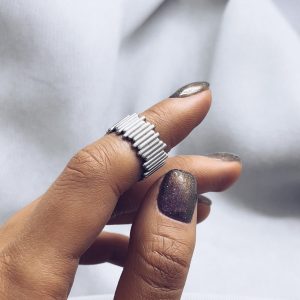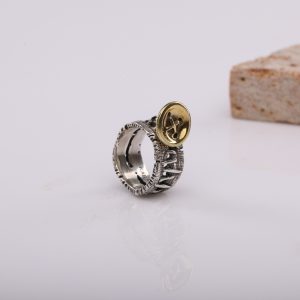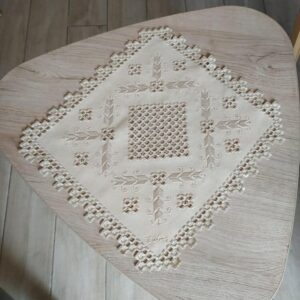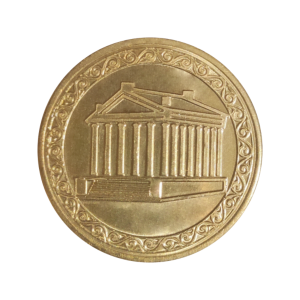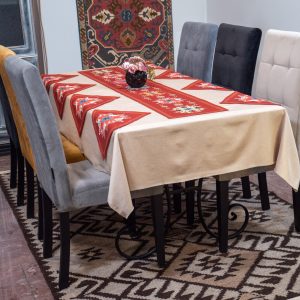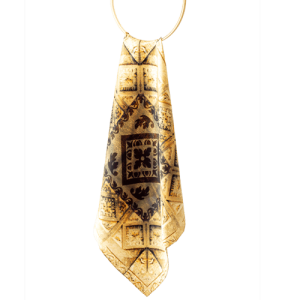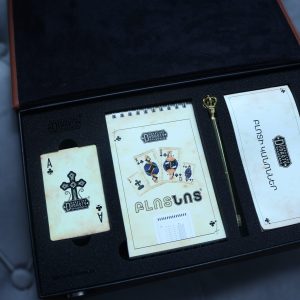-
-
“Gold Button Patch” Silver Ring
A 925 sterling silver ring
$64.00 -
Passport Cover
«Գաղտնիք չէ, որ ճանապարհորդի ամենավատ մղձավանջը կորցրած անձնագիրն է». Եթե դու…
$69.00$79.00Passport Cover
$69.00$79.00 -
Armenian Needlework
Norwegian – Aintab needlework tablecloth.
Net Weight: 0.038kg
Real Dimensions: 34cm x 37cm
$150.00Armenian Needlework
$150.00 -
“Temple Of Garni” Souvenir Coin
The coins are made of brass fusion and represent a unique gift for all, who can contribute to the dissemination of the Armenian historical heritage and Armenian culture.
Souvenir medals -coins are made of “brass” alloy.
Material: Brass
Weight: 13,7 gr.
Thickness: 2mm.
Diameter: 32,6 mm.
Let’s recognize, discover, value and share every relic of our national heritage together.
$5.00 -
Ornamental Armenian Tablecloth
Material: Gabardine
Colors: Red
Weight (kg): 0.4 kg + 0.1 kg packing
Packing: has a box
Size (cm): 175 x 30
+ 8 napkins 30 x 30 cm
Product code: TR002$125.00$150.00Ornamental Armenian Tablecloth
$125.00$150.00 -
Manchuk Box (Age 1+)
You will get an amazing box with Armenian language games, which is very popular with children and parents living outside of Armenia.
$67.99Manchuk Box (Age 1+)
$67.99 -
-
Women’s Silhouette Sterling Silver Pendant
Pendant Details
- Weight: 9.5 g
- Pendant Height: 5.6 cm / 2.2 in
$86.00 -
“Garni” Silk Scarf
Available 2 sizes: 60 x 60 cm and 90 x 90 cm / 100% Silk
The Temple of Garni is the only standing Greco-Roman colonnaded building in Armenia and the former Soviet Union. Built in the Ionic order, it is located in the village of Garni, in central Armenia. It is the best-known structure and symbol of pre-Christian Armenia.
The structure was probably built by king Tiridates I in the first century AD as a temple to the sun god Mihr. After Armenia’s conversion to Christianity in the early fourth century, it was converted into a royal summer house of Khosrovidukht, the sister of Tiridates III. According to some scholars it was not a temple but a tomb and thus survived the destruction of pagan structures. It collapsed in a 1679 earthquake. Renewed interest in the 19th century led to excavations at the site in early and mid-20th century, and its eventual reconstruction between 1969 and 1975, using the anastylosis method. It is one of the main tourist attractions in Armenia and the central shrine of Hetanism
$47.00 – $79.90
